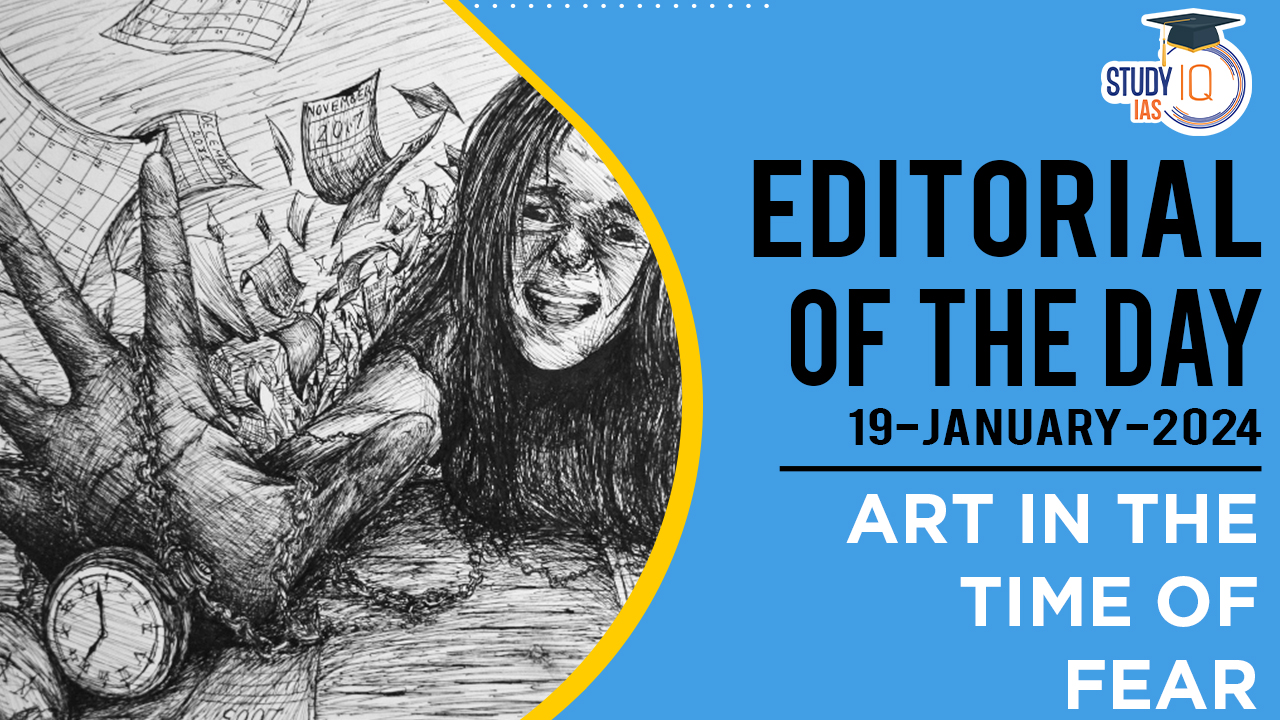Table of Contents
Context: The Tamil film “Annapoorni” faced multiple cases alleging that it hurt religious sentiments and promoted “love jihad”. As a result of these accusations and the subsequent controversy, Netflix removed the film and issued an apology for its release.
Concerns And Complexities
- Impact on Creative Freedom: The incident reflects a growing atmosphere of fear and guardedness in the Indian film industry, where filmmakers are increasingly self-censoring due to the potential backlash from fringe groups and official censorship.
- Changing Media Landscape: Previously, online streaming services like Netflix provided a platform where filmmakers could release content without the constraints of traditional censorship. However, this space is now becoming regulated, with online content being taken down due to complaints.
- Self-Regulation and Censorship: The mainstream mobile content services do not need certification — they self-regulate in cooperation with bodies within their operations. However, with the rise of OTT platforms making niche content, any fringe element can unofficially dictate censorship leading to an atmosphere of guardedness and hesitation.
- Legal and Regulatory Landscape: Filmmakers are faced with the choice of self-censorship or facing the consequences of ideation, with no greater disservice to the cause of art or cinema.
- Official vs. Unofficial Censorship: The issue of unofficial censorship by fringe groups that force filmmakers into self-censorship, in contrast to the intended freedom of expression set by the Central Board of Film Certification (CBFC).
- Cinema and IT Rules: The platforms do not want to risk being taken down, referring to the Cinema Act and IT Rules, which govern digital content.
- The intention of these rules was to preserve and restore the rights of both artists and the public by introducing a balancing mechanism.
- However, there’s dissatisfaction with the CBFC’s decisions, leading to the rise of self-censorship due to fear of personal censure.
- Streamlining Content: When streaming platforms self-regulate, they have to anonymize data and forego leading content to satisfy their standards, which impacts the diversity and quality of content available to the public.
We’re now on WhatsApp. Click to Join
Future Implications
If censorship becomes a habit it might lead to a situation where filmmakers are perpetually avoiding controversy, which would undermine the essence of creative freedom and storytelling.


 World Population Day 2025, Themes, Histo...
World Population Day 2025, Themes, Histo...
 Special Intensive Revision (SIR) in Biha...
Special Intensive Revision (SIR) in Biha...
 List of Military Exercises of India 2024...
List of Military Exercises of India 2024...





















